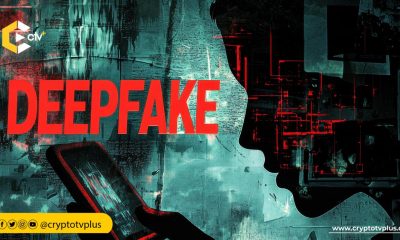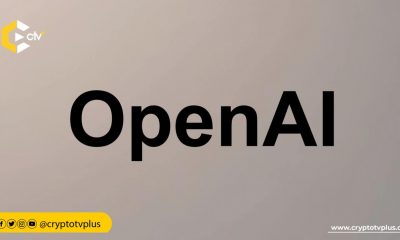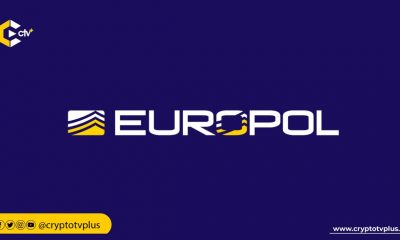News
COO shares how IO.net wants to make GPUs accessible for AI development

Tory Green, the COO of IO.net, recently announced the company’s ambitious plans at the Breakpoint Web3 2023. Their goal is to build the world’s largest AI computing cloud on the Solana blockchain.
Tory emphasized that the growing demand for GPUs is a key driving force behind IO.net, as GPUs play a crucial role in powering AI, machine learning, and deep learning models.
GPUs (Graphics Processing Units) are essential components for AI applications. They are specifically designed to handle complex mathematical calculations and data processing required for tasks like deep learning and neural networks.
Due to their ability to process large amounts of data in parallel, GPUs are well-suited for high-speed processing in AI applications. They greatly accelerate the training and inference of machine learning models.
The IO.net way
Tory said that IO.net aims to address the GPU shortage in the cloud by leveraging underutilized resources from independent data centers, crypto mining farms, and consumer GPUs.
He added that IO.net wants to aggregate one million GPUs on the Solana blockchain, providing substantial computing power at reduced cloud costs.
The platform emphasizes benefits like flexibility, speed, permissionless access, and cost efficiency. Introducing a structural arbitrage model, IO.net will decrease costs for consumers while boosting profits for GPU suppliers.
Features of IO.net
Furthermore, the COO revealed that developers face challenges of computing requirements for AI applications, leading to soaring costs.
To solve this problem, IO.net is designed to provide engineers with access to hundreds of thousands of GPUs with a single click.
Users of IO.net can customize connectivity, security, and location, offering unparalleled flexibility.
It also boasts rapid deployment, allowing users to spin up a cluster in seconds, unlike competitors with weeks-long deployment times.
Tory added that the permissionless access of IO.net, which requires no KYC or lengthy signup process, removes the barrier of access of anyone to the platform.
Additionally, IO.net introduced an incentive program for early GPU suppliers, partnerships with Render and IO.ventures, and plans for the release of native tokens (IO and IOSD) early next year.
The company also showcased its involvement in generative AI through the BC8 program, a platform enabling users to create high-quality images with AI models.
The presentation concluded with a live demo by Angela Le, Head of Business Development at IO.net, showcasing the user-friendly IO Cloud, IO Worker for suppliers, and IO Explorer for tracking inferences and clusters on the network.
Read also; How and why B2Broker is helping institutions explore the Bitcoin derivatives market

























1 Comment